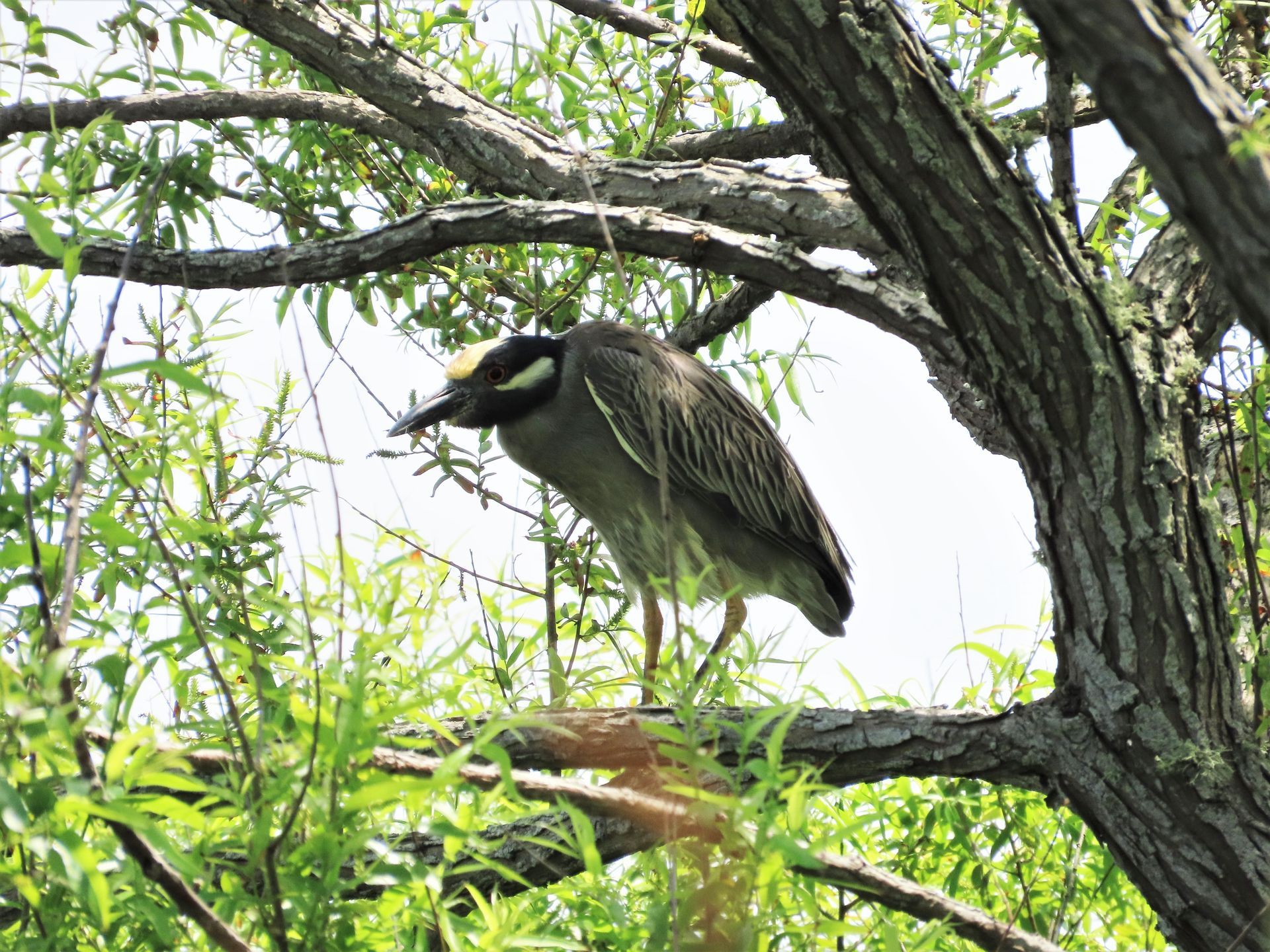Keep Calm and Bird On: August 2023
“If you don’t look, you don’t see. You have to go and look.”
-Edith Andrews

On Nantucket, August is a peak time for Shorebirds. But our inland breeding birds are also worthy of attention. Birds of the year—HY as in “Hatch Year” to bird banders—are flopping around learning the ropes. Their curiosity is entertaining. Some, like the Red-bellied Woodpecker, are new here. Seen mainly in winter for several years, they are now breeding.
As the bird life of a place changes, we need to keep reporting those changes. Over the years we have seen a lot of birds, once unknown here, become common. Some, like the Carolina Wren, have moved up from the south with climate change. Others are experiencing restoration to their former territory when some hazard has been removed.
Many—perhaps most of us—use the Cornell website eBird to keep our lists. It is now one of the largest “citizen science” programs in the world, providing vital data to researchers and wildlife managers. So, with changes in our world, reporting becomes ever more important. When something pops up as “rare” and the eBird algorithm flags it, don’t assume that just because the machine knows more, by volume, that your identification lacks weight. Never be afraid to argue with an algorithm, or it will never learn. So, take the time to respond.
But the corollary is that good data is essential. Photographs or sound recordings are best. But detailed written descriptions can also be used. To discourage wishful thinking, draw or write down what you observed first, before consulting a book or website. Think of a common look-alike and ask yourself how you would advocate for that if it was what you really wanted to see. Then check yourself against higher authority, and humbly change your mind if necessary. Anyone can make a mistake. But think of science, and take the time to correct yourself when you get it wrong. You’ll be glad you did.
Photo by Photo by Trish Pastuszak
Recent Posts




